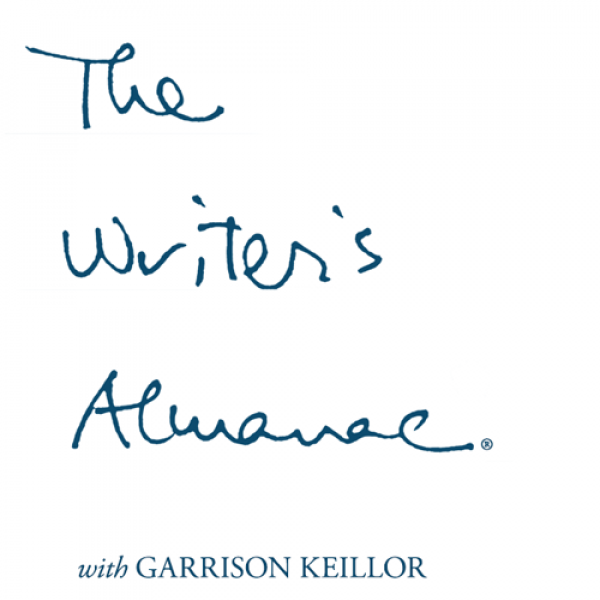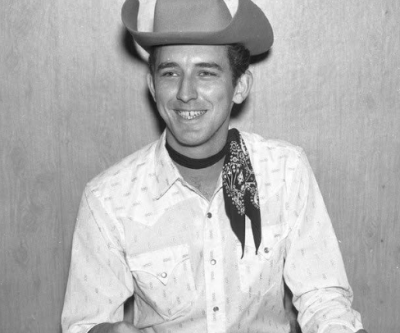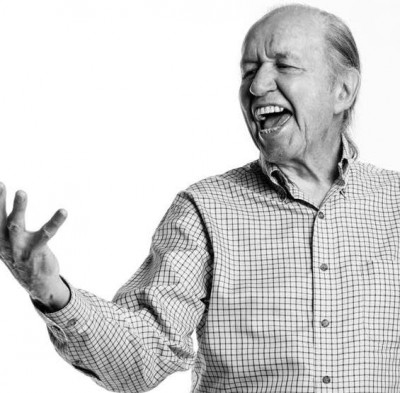December 20, 2018
Tuesday
8:00 p.m.
Minneapolis, MN
Test schedule
A live performance with Robin and Linda Williams at the Cedar Cultural Center
May 20, 2018
Sunday
3:00 p.m.
Lexington, MA
Lexington, MA
A live performance at the Saenger Theatre
April 10, 2018
Tuesday
8:00 p.m.
Tulsa, OK
Tulsa, OK
A live performance at the Brady Theater
March 17, 2018
Saturday
8:00 p.m.
Long Beach, CA
Long Beach, CA
A live performance at the Carpenter Performing Arts Center
March 15, 2018
Thursday
7:00 p.m.
Mobile, AL
Mobile, AL
A live performance at the Saenger Theatre
“The Garden of Love” by William Blake. Public Domain. (buy now)
I went to the Garden of Love,
And saw what I never had seen:
A Chapel was built in the midst,
Where I used to play on the green.
And the gates of this Chapel were shut,
And Thou shalt not. writ over the door;
So I turn’d to the Garden of Love,
That so many sweet flowers bore.
And I saw it was filled with graves,
And tomb-stones where flowers should be:
And Priests in black gowns, were walking their rounds,
And binding with briars, my joys & desires.
On this date in 1896, a young electrical engineer named Henry Ford completed, and successfully tested, his first experimental automobile. He called it the “Quadricycle,” because it rolled around on four bicycle tires. He’d been working on it for two years, out in the shed behind his house on Bagley Avenue in Detroit. It was finally ready to test when he hit an unexpected snag: It was too wide to fit through the workshop’s door. Ford took an ax to the doorframe and the surrounding bricks, and was soon rolling down Grand River Avenue.
The Quadricycle had a two-cylinder, four-horsepower engine and could achieve speeds up to 20 miles per hour. It had two gears and no brakes. It ran on pure ethanol, and it was steered by the means of a tiller, like a boat. It wasn’t much to look at, just a 500-pound skeleton with a steel frame and no body. But the first test drive was a success.
On this day in 1919, Congress approved the Nineteenth Amendment, giving women the vote. One could say that the American women’s suffrage movement began in 1776, when Abigail Adams asked her husband John to “remember the ladies and be more generous and favorable to them than your ancestors” when approving the Constitution. The movement grew hand in hand with the abolitionist movement; many women were active in both causes, and Frederick Douglass often spoke at women’s rights rallies. The proposed Fifteenth Amendment, granting voting rights to black men, caused a division in the suffrage movement’s leaders: Elizabeth Cady Stanton and Susan B. Anthony refused to support it because it didn’t grant the same rights to women; Julia Ward Howe and Lucy Stone argued that it would eventually lead to voting rights for all.
Some states began extending limited voting rights to women in the latter half of the 19th century, and in 1869 two organizations — the National Woman Suffrage Association and the American Woman Suffrage Association — began campaigning for a constitutional amendments on the national and state levels, respectively. The United States Congress first introduced an amendment in 1878, and would continue to introduce it with every new Congress, but it took more than 40 years to gain the needed two-thirds majority to pass.
In 1848, Elizabeth Cady Stanton wrote her “Declaration of Sentiments,” which wisely adopted the language of the Declaration of Independence in calling for voting rights for women:
“When, in the course of human events, it becomes necessary for one portion of the family of man to assume among the people of the earth a position different from that which they have hitherto occupied, but one to which the laws of nature and of nature’s God entitle them, a decent respect to the opinions of mankind requires that they should declare the causes that impel them to such a course.
“We hold these truths to be self-evident: that all men and women are created equal; that they are endowed by their Creator with certain inalienable rights; that among these are life, liberty, and the pursuit of happiness; that to secure these rights governments are instituted, deriving their just powers from the consent of the governed. Whenever any form of government becomes destructive of these ends, it is the right of those who suffer from it to refuse allegiance to it, and to insist upon the institution of a new government, laying its foundation on such principles, and organizing its powers in such form, as to them shall seem most likely to effect their safety and happiness.”
She concludes, “Now, in view of this entire disfranchisement of one-half the people of this country, their social and religious degradation — in view of the unjust laws above mentioned, and because women do feel themselves aggrieved, oppressed, and fraudulently deprived of their most sacred rights, we insist that they have immediate admission to all the rights and privileges which belong to them as citizens of the United States.”
On this day in 1973, Don Wetzel registered a patent for the automated teller machine, or ATM. He’s not the undisputed father of the ATM, however; there were several different people working on the idea at the same time, in Japan, Sweden, and Great Britain as well as the United States. American Luther George Simjian had filed a patent for a cash dispenser in 1960, and John Shepherd-Barron invented one for the British bank Barclays in 1967. Many of the early machines were limited in function, were accessed by single-use tokens or were linked to credit cards rather than a cash account. Working for the automated baggage-handling company Docutel, Wetzel and his colleagues Tom Barnes and George Chastain developed the ATM card as we know it today: a plastic card with a magnetic strip and an imbedded PIN code.
On this day in 1876, an express train named the Transcontinental Express arrived in San Francisco, just 89 hours and 39 minutes after leaving New York City.
Earlier in the century, fast travel across the continent was inconceivable. In 1805, Lewis and Clark arrived at the Pacific Ocean — it took them one year, six months, and a day to get there from St. Louis, Missouri. But the idea was there. In 1803, Thomas Jefferson wrote a letter in which he discussed moving carriages by something other than horses, and he said, “That the introduction of so powerful an agent as steam will make a great change in the situation of man I have no doubt.” In 1800, the American inventor Oliver Evans wrote: “The time will come when people will travel in stages moved by steam-engines from one city to another, almost as fast as birds can fly, 15 or 20 miles an hour.”
1825 saw the introduction of the first viable transportation with steam engines. Great Britain’s Stockton & Darlington Railroad Company was the first to carry passengers and goods. In 1830, the Tom Thumb became the first steam-powered train to successfully carry passengers in America.
By the end of 1830, 14 miles of track had been laid for the Baltimore & Ohio Railroad, and the next year they had fully transitioned away from horses and to steam engines. By 1840, there were 2,755 miles of track in America.
There was talk of a railroad that would link the Pacific to the Atlantic.
Most people did in fact favor it, but a bill got stalled in Congress because there was so much infighting about the route that the railroad would take. Every senator was, of course, eager for it to run through their home state, with Southern senators particularly adamant about a southern route. Besides the train’s route, lawmakers fought about how much power should be given to the government vs. private companies and where engineers and workers should come from.
On top of all that, engineers and businessmen couldn’t figure out how to route the railroad through the Sierra Mountains. But in 1860, a storekeeper in the tiny town of Dutch Flat invited Theodore Judah, the main engineer for the proposed railroad, to his town with the promise that he knew an easy way to cross the mountains. And indeed, unlike most of the Sierras, in the area around Dutch Flat you didn’t have to cross two summits with a valley in between, just one. It was the perfect spot, and Judah agreed immediately, and set off to convince investors as well as Congress of the same thing.
In 1864, the Union Pacific broke ground in Omaha and the Central Pacific did the same in Sacramento. The Central Pacific employed lots of Chinese workers, and the Union Pacific many Irish immigrants.
Eventually in 1869, Sacramento was connected to San Francisco, and in 1872, a bridge was built over the Missouri. And on this day in 1876, an express train made the trip in 83 hours, a trip that would have taken many months only 10 years earlier.






